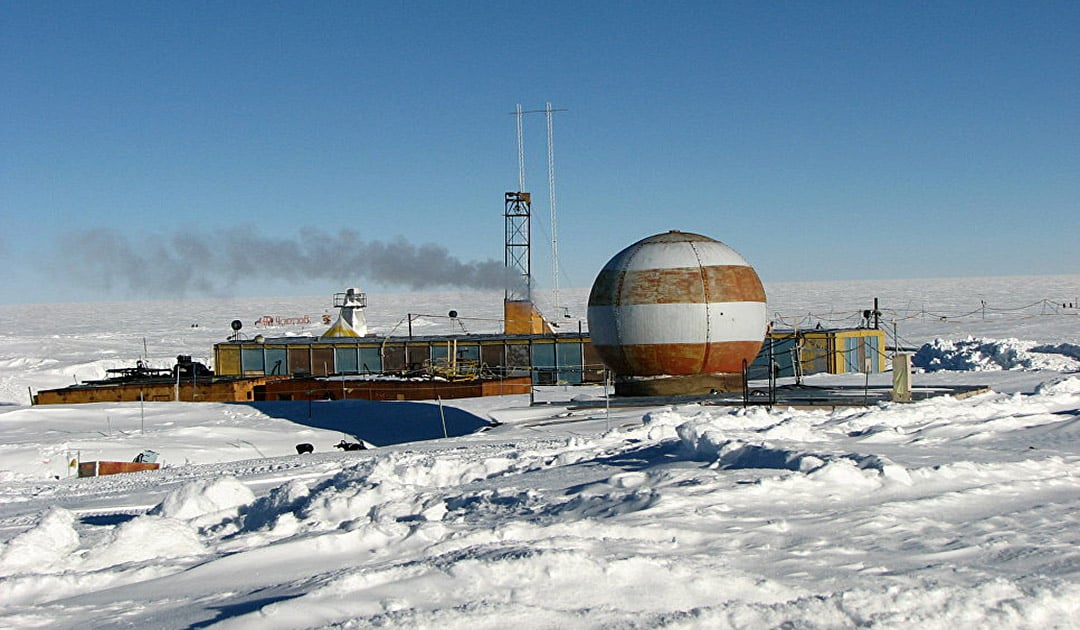Antarctica stands as a testament to scientific endeavor, serving as the sole continent dedicated exclusively to research. Discovered in the early 19th century, Antarctica remained an elusive frontier until the early 20th century when explorers finally reached its icy interior, culminating in the triumphant arrival at the South Pole. However, the outbreak of the First and Second World Wars brought a temporary halt to Antarctic exploration and scientific activities. It wasn’t until 1956 that research efforts were reignited, spearheaded by the two global superpowers of the time, the United States and the Soviet Union.

In 1957, both nations established their inaugural research stations on the continent. The United States erected the Amundsen-Scott Station, while the Soviet Union christened theirs as the Vostok Ice Station. Named after the first Russian ship to navigate Antarctic waters, Vostok Station became one of the most remote and renowned research outposts on the continent. Initially under Soviet control, it later came under Russian jurisdiction following the collapse of the Soviet Union in the late 20th century.
Vostok Station, nestled amidst the icy expanse of Antarctica, boasts a storied history and exceptional scientific significance. Comprising five buildings, the station provides researchers with living quarters and recreational facilities amid the desolate Antarctic landscape. Remarkably, one peculiar rule enforced at Russian research centers, including Vostok, is the ban on chess—a curious regulation that adds to the station’s mystique.
Beneath the frozen surface lies Lake Vostok, a massive body of water spanning an area of approximately 14,000 square kilometers. Discovered by British scientists, this subglacial lake represents a unique and enigmatic feature of Antarctica’s geography. Analysis suggests that the water in Lake Vostok has been isolated for over three millennia, offering insights into Earth’s ancient climate and environmental conditions.
Despite its remote location and harsh climate, Vostok Station remains a hub of scientific activity and discovery. The station’s climate is characterized by extreme cold and aridity, with temperatures plummeting to unimaginable lows. In 1983, Vostok Station recorded the coldest temperature ever measured on Earth—a bone-chilling -89.2 degrees Celsius, a testament to the unforgiving nature of Antarctica’s climate.
Yet, amid the frigid temperatures and desolate surroundings, scientists at Vostok Station diligently pursue their research objectives, undeterred by the harsh conditions. Their work extends beyond mere scientific curiosity, offering valuable insights into Earth’s climate history and the mechanisms driving environmental change.
Vostok Station serves as a vital node in the global network of scientific research in Antarctica. With researchers from around the world converging on the continent, collaborations flourish, facilitating groundbreaking discoveries and advancing our understanding of the natural world. Over 40 countries have established research centers in Antarctica, underscoring its status as a collaborative scientific endeavor on a global scale.



